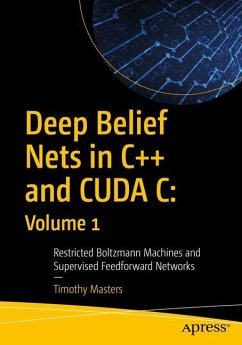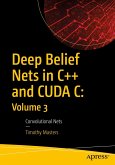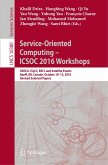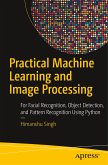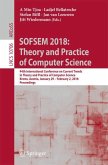Discover the essential building blocks of the most common forms of deep belief networks. At each step this book provides intuitive motivation, a summary of the most important equations relevant to the topic, and concludes with highly commented code for threaded computation on modern CPUs as well as massive parallel processing on computers with CUDA-capable video display cards.
The first of three in a series on C++ and CUDA C deep learning and belief nets, Deep Belief Nets in C++ and CUDA C: Volume 1 shows you how the structure of these elegant models is much closer to that of human brains than traditional neural networks; they have a thought process that is capable of learning abstract concepts built from simpler primitives. As such, you'll see that a typical deep belief net can learn to recognize complex patterns by optimizing millions of parameters, yet this model can still be resistant to overfitting.
All theroutines and algorithms presented in the book are available in the code download, which also contains some libraries of related routines.
What You Will LearnEmploy deep learning using C++ and CUDA C
Work with supervised feedforward networks
Implement restricted Boltzmann machines
Use generative samplings
Discover why these are important
Who This Book Is For
Those who have at least a basic knowledge of neural networks and some prior programming experience, although some C++ and CUDA C is recommended.
The first of three in a series on C++ and CUDA C deep learning and belief nets, Deep Belief Nets in C++ and CUDA C: Volume 1 shows you how the structure of these elegant models is much closer to that of human brains than traditional neural networks; they have a thought process that is capable of learning abstract concepts built from simpler primitives. As such, you'll see that a typical deep belief net can learn to recognize complex patterns by optimizing millions of parameters, yet this model can still be resistant to overfitting.
All theroutines and algorithms presented in the book are available in the code download, which also contains some libraries of related routines.
What You Will LearnEmploy deep learning using C++ and CUDA C
Work with supervised feedforward networks
Implement restricted Boltzmann machines
Use generative samplings
Discover why these are important
Who This Book Is For
Those who have at least a basic knowledge of neural networks and some prior programming experience, although some C++ and CUDA C is recommended.

